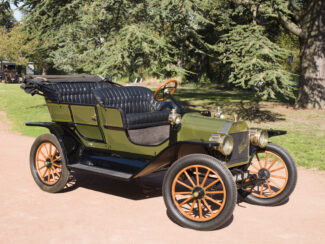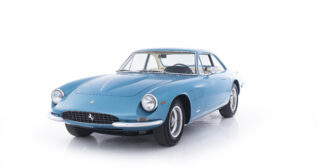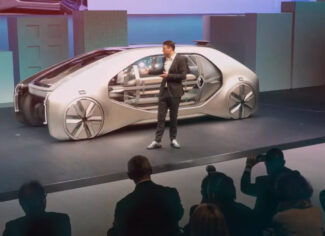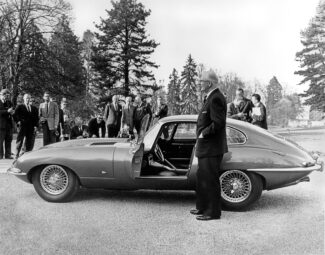The 70s: before and after the oil crisis

In the space of just a few months, between October 1973 and April 1974, the price of oil had quadrupled. This was the first oil crisis that shook the world economy and forced the car industry to reinvent itself. And it is against this backdrop that the European and American car industries see their roles shift in favour of Japanese and later Korean manufacturers. The second oil crisis in 1980 only reinforced this trend.
The general public, supported by the media, still dreams of the most luxurious cars, but the sharp rise in fuel prices creates a demand for fuel-efficient vehicles. Iconic models expected to have a successful career, see their success hampered by this paradigm shift. Compact cars that are more fuel-efficient and better adapted to growing urban traffic were to take over and achieve worldwide success.
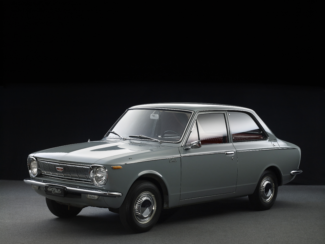
The Geneva International Motor Show went from strength to strength during this period, capitalising on its reputation for high quality, major investments to promote its development with the inauguration of the new Palexpo halls in 1981, and an ever-increasing number of visitors.
The Classics Gallery illustrates this pre-oil crisis period with five iconic vehicles, including the world’s best-selling car.
The difference between the sports cars of this period and the globally successful economy car encourages visitors to reflect on the role of the automobile in our society.

